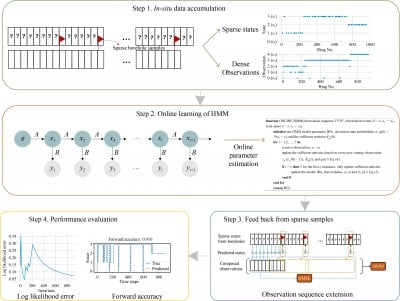Walking is one of the most accessible forms of exercise, but a method called “Japanese walking” is gaining attention for its potential health benefits. This technique, also known as interval walking training (IWT), has shown to be more effective than simply taking moderate walks, even exceeding the benefits of walking over 8,000 steps a day.
The concept of Japanese walking was first introduced over two decades ago by Hiroshi Nose, an exercise physiologist at Shinshu University Graduate School of Medicine in Japan. His goal was to enhance the health of the nation’s aging population while reducing healthcare costs. According to Nose, the strategy employs interval-training techniques typically reserved for elite athletes, tailored to benefit seniors.
Since then, Nose and his collaborator, Shizue Masuki, have conducted extensive research on the method. Recently, Japanese walking has gained traction on social media platforms like TikTok, encouraging more individuals to explore its benefits.
Understanding Japanese Walking
Japanese walking is a form of interval training that alternates between periods of fast and slow walking. Unlike traditional high-intensity workouts, this approach is more accessible, especially for individuals who may not have exercised recently or are recovering from injuries. Dr. Carlin Senter, the chief of primary-care sports medicine at the University of California, San Francisco, notes that this method can be less daunting for beginners.
To practice Japanese walking, individuals require comfortable shoes, a safe walking environment, and a timer. In studies conducted by Nose and Masuki, participants walked briskly for three minutes followed by three minutes of slower walking. The fast pace should feel challenging enough to make conversation difficult, while the slow segments allow for a gentle stroll.
Researchers found that longer strides during faster intervals enhance the workout’s effectiveness. Engaging the arms by bending them at the elbows and swinging them vigorously can also help maintain proper form. Participants typically completed at least 30 minutes of interval walking four times a week, though these sessions can be broken into shorter segments for convenience.
Health Advantages of Interval Walking
Initial research by Nose and Masuki revealed that older adults practicing Japanese walking experienced significant improvements in blood pressure, cardiovascular health, and leg strength compared to those who walked at a continuous moderate pace. Over the past decade, additional studies have supported these findings, indicating that interval walking may lead to even greater health benefits.
A notable study in 2018 found that interval walking was associated with reduced age-related declines in aerobic capacity and muscle strength over a ten-year period. This suggests that adopting this method could positively impact overall health and fitness as people age.
For those interested in incorporating Japanese walking into their routines, Dr. Senter advises starting gradually. If three minutes feels too long for fast intervals, beginning with one minute is perfectly acceptable. As fitness levels improve, individuals can gradually increase the intensity of their fast walking intervals.
To maximize benefits, Senter recommends complementing interval walking with at least two days of strength training each week, along with balance and mobility exercises. This holistic approach can further enhance overall health and fitness.
As Japanese walking continues to make headlines, its blend of accessibility and effective health outcomes makes it a fitness trend worth considering for individuals of all ages.


































































